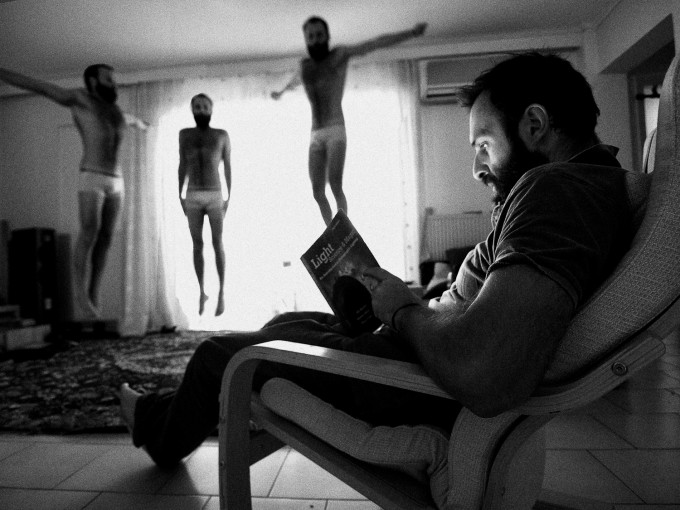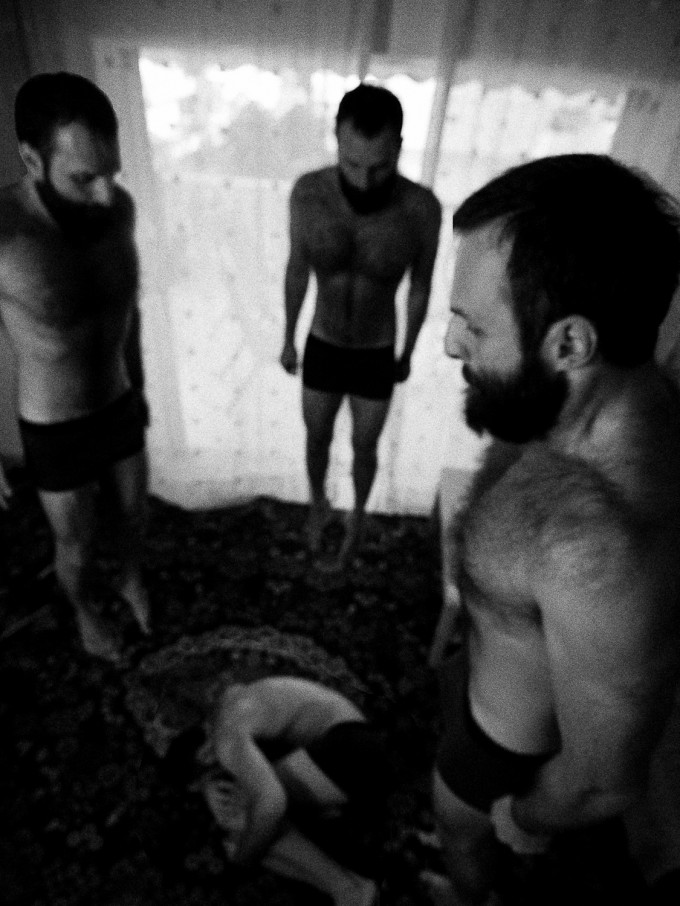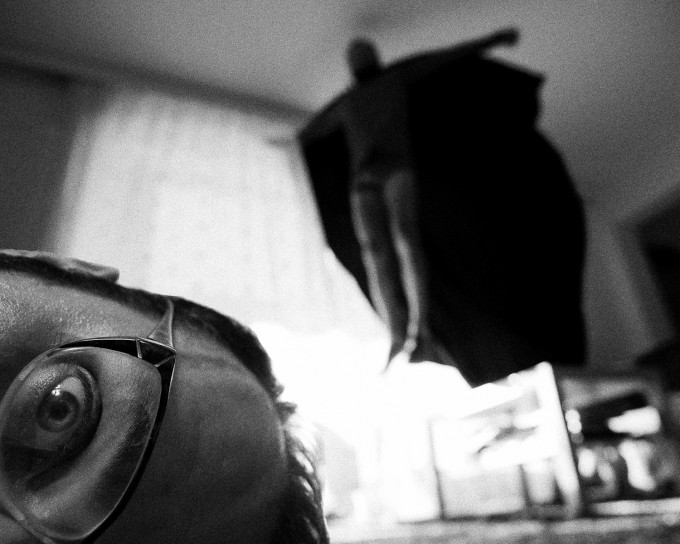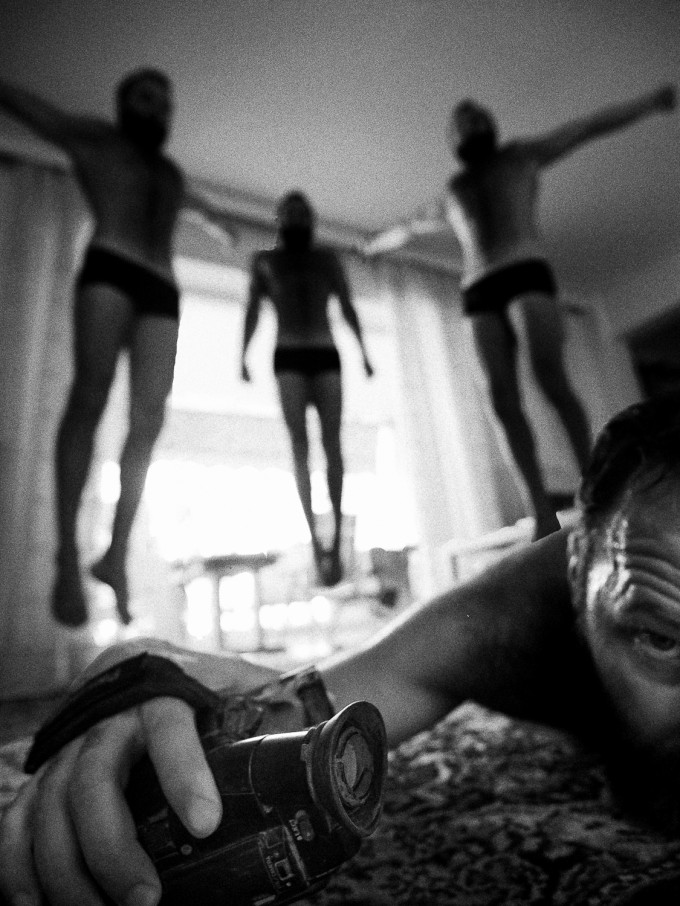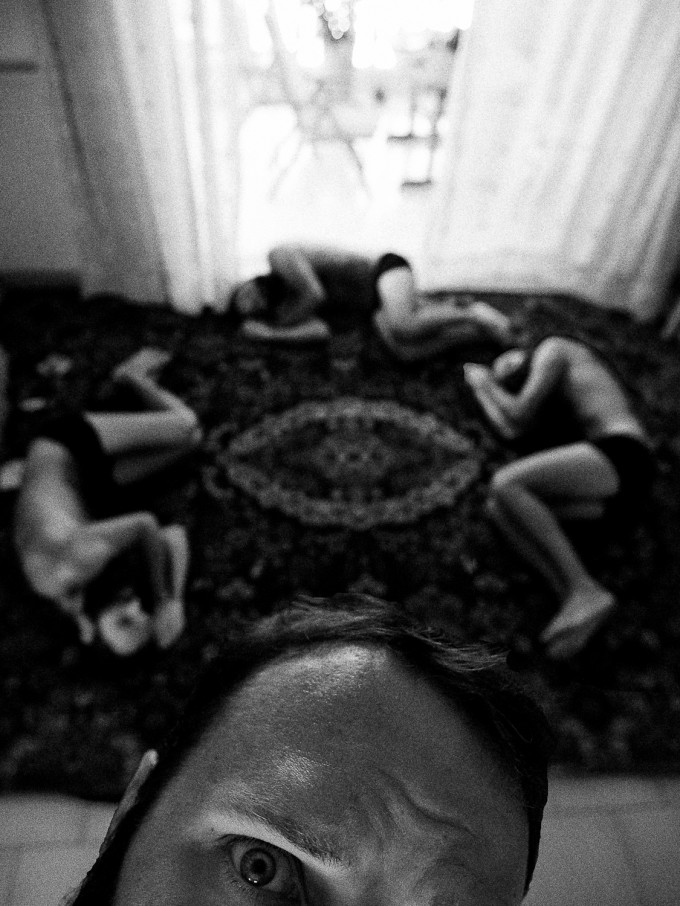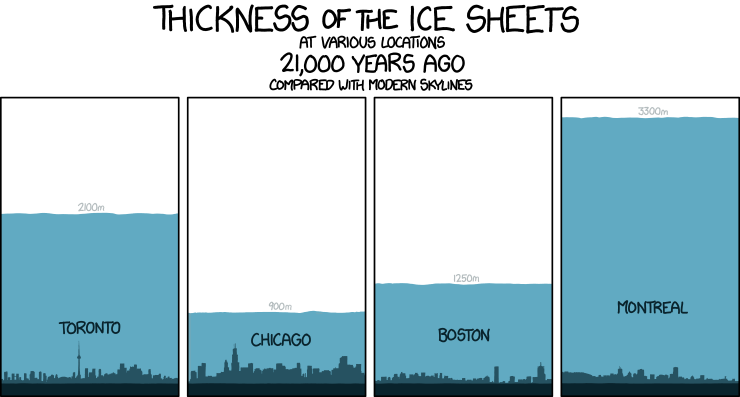OMG, of course, stands for "oh my GOMZ!" In 1952, the Russian camera company
GOMZ (Gosularstvennyi Optiko-Mekhanicheskii Zavod) created a roll film instant camera known as Moment. Polaroid wasn't officially sold in Russia, so GOMZ made a copycat camera and produced a Type 40 equivalent. It wasn't a success. Too expensive and the film was very poor quality, so less than 9,000 were produced. According to
Land List,
Modern Photography did a review of the Russian instant film, but I don't know the month or year so I haven't been able to locate it. There are other Google-able sites on the Moment camera and GOMZ, so I won't go into any historical details, except to mention that GOMZ became LOMO, whose name was eventually pirated by whom many consider to be the evil overlord of analog photography,
Lomography (I'm personally indifferent...any company that promotes film over digital can't be all bad).
So the Moment camera is somewhat rare, though not so rare that there isn't usually at least one available on eBay at any given...moment (haha). It's just a matter of waiting to grab one for a decent price. Which I did. Here it is...
Very similar in design to the Polaroid 110A/B, with some differences. The lens isn't quite as nice as the 110 lens. Easy to remove, though...just screws off.
Film speeds are from Bulb to 200, and the aperture is 6.8 to 22, though it continues to get smaller after 22, looks to be around 32 at it's smallest. On a side note, the aperture blades are behind the shutter.
The focus viewfinder is a bit odd. It's the same finder that I see on other Russian folding cameras of the time.
On the top is a sport finder for framing...
And the focus is controlled by a sliding bar on one side. It actually clicks into place at each number.
So, neat looking camera...but close to unusable, unless you want to find some Type 40 that still works. I'm not much into just having cameras to look at and not use, though I certainly appreciate cool-looking cameras. I bought this to convert to pack film, of course! I've done this
previously, and the process is pretty much the same. I figure this is the first time someone has been able to use one of these in 50 years or so, unless someone else has converted a Moment in the past.
First up is removing all of the extra bits from the back.
And the back that will go on the camera...
I had to cut out the film end of the camera to fit the back on and allow for the film to be pulled.
And I had to cut the original back to fit.
And then put it all together!
And I had to tape up a spot on the bellows where the finder rubs against it while the camera is closed.
Let's put some 669 in, take it outside a see if it works!
And it does! Ugly shots, but it works...and it has a leak. After messing about with a flashlight in the dark, I found a couple pinholes along the bellow edges. Easy fix, I just taped up the bellows. Much easier than messing about trying to find a mystery leak where I attached the back.
A couple notes on using the thing. Not sure what's up with the finder. I assume it is supposed to assist with focusing, but it stays exactly the same regardless of the focus setting. Everything is always in focus in the finder. And the finder is square, so it's not very good at all for framing. Trying to use the finder on top is difficult, as well. What you see in it is entirely dependent on how far away your eye is from the thing. So framing with the camera is a mixed bag. The shutter is super quiet, though. Quiet enough that sometimes I wasn't sure if it fired. It is a bit awkward to fire, as the shutter button is on the lens. It's tough to reach depending on how I'm holding the camera. Has decent depth of field, and seems to provide a very pinpoint focus, which makes it all the more difficult to use when I have to guess my distance. I will take it out next weekend and shoot some real stuff with it, see how it handles. Some shots of the final product!




A fun project, done "just because". I know some people have an attitude that I'm ruining a camera (I've actually had comments that I shouldn't have used really old film, that I should be saving it...what's the point in that?). I've taken a camera that has no use other than to hold some books up and given it a second life! Not an easy camera to use, but I will still have some fun with it. It would be interesting to convert a
Foton someday. Until I write again, seeya!
UPDATE: A few photos taken with the Moment. The lens is quite sharp and if you can get the distance correct, provides a very nice image. This was Type 669 with the camera at about 125 and 11.
The leak is their occasionally, but I can't locate it. It may be the back itself, which has actually come a bit loose, so I will probably take it off and redo at some point. A couple more shots using 100 Sepia, with the camera at 200 and whatever was beyond 22, the smallest aperture setting. One print and a couple goop scans.
The biggest issue is framing. I can use the glass finder to make sure that whatever I'm aiming at is actually in the frame, but the sport finder is close to useless, it is so far off from what actually appears on the print. At some point I will check the aim with ground glass to compare. More updates to come, I'm sure!













